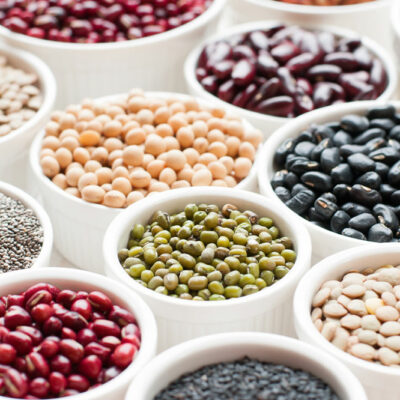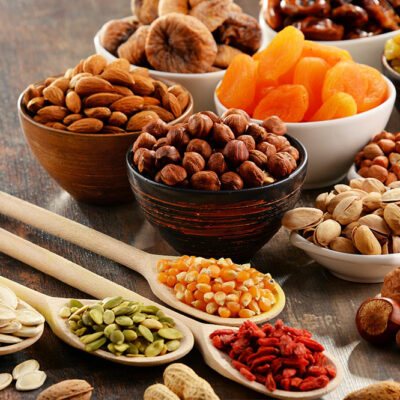
Avoid these foods to manage multiple sclerosis
Multiple sclerosis is a condition that affects the functioning of the central nervous system. Although it might not seem obvious, the food you eat can be a trigger for the symptoms of this condition. Therefore, being aware of the foods to avoid when diagnosed with this condition is critical in managing it effectively and preventing it from worsening. Listed below are some foods you should avoid if you have been diagnosed with this condition. Saturated fats This type is mostly found in animal products such as full-fat dairy items, although it can also be found in food items containing coconut or palm oil. These fats can raise bad or LDL cholesterol levels increasing your risk of heart disease. According to a study, if you have been diagnosed with multiple sclerosis, then you are already at a higher risk for developing various heart problems. Therefore, avoiding these unhealthy fats might be a good idea, and opt for healthier alternatives. Trans fats This is another type of fat best avoided by those with multiple sclerosis. It is mostly found in baked goods such as pies, cookies, and other packaged food items. Trans fats can trigger or increase inflammation in the blood vessels, which can cause heart problems.
Read Article... 











